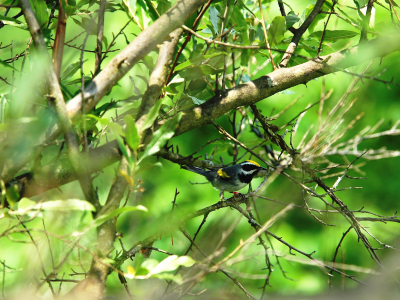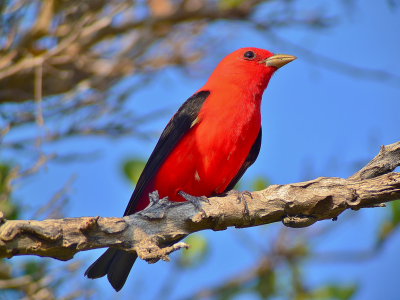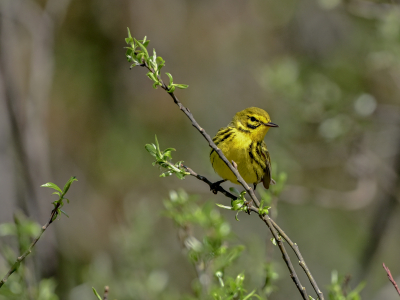It would be great to have ample areas of thick young forest and shrubland scattered across the Northeast. Birds would flit to such places. Pollinators would visit plants that thrive in the light reaching the ground. Turtles would use the areas for basking and feeding on fruits and insects. Mammals would gain access to important food and shelter during certain times in their lives or in certain seasons.
Not all wild creatures are able to find and take advantage of such habitat, however, since they don’t move about as freely as an eastern kingbird or a scarlet tanager or an American woodcock.
Wildlife biologists refer to some of the shifts or movements by individual wild creatures as “dispersals” or “dispersing.” They consider certain animals to be “dispersal-limited.” A box turtle or a smooth green snake may move only a few hundred yards in its entire life. Birds that do not migrate, such as ruffed grouse, may range only a few miles. And more than a few mammals are basically stay-at-homes: small ones like mice and voles, and the New England cottontail.
A Big Responsibility
Natural resource agencies are charged with preserving, creating, and refreshing the habitats needed by all plants and animals, both common and rare. The populations of more than 60 species of wildlife that require young forest and shrubland are dwindling these days. Wildlife agencies classify them as “species of greatest conservation need” in their State Wildlife Action Plans and are committed to carrying out actions to help them survive.
Conservationists can’t just establish reserves in random places, then wait around hoping that natural disturbances will happen there to create young forest and shrubland for thicket-loving animals that don’t disperse widely. Instead, they carefully choose areas where active management can best help those species – while also setting aside different areas to maintain as mature forest, where less-active management will benefit plants and animals that need older woods, while also promoting carbon storage to help slow climate change.
Natural resource specialists also manage habitats for rare plants. This is particularly important in natural communities such as barrens, heathlands, and coastal shrublands, where specialized plants provide preferred food or egg-laying sites for rare butterflies and other pollinators.
We must make and manage food and cover resources where such creatures live, or in places they can get to on their own, even if they don’t have the ability to disperse over long distances. Today, science-based habitat management takes place on state and federal properties, land trust holdings, commercial timberlands, and properties owned by private citizens who are interested in helping wildlife.
New England Cottontails a Case in Point
Conservationists are breeding New England cottontails, and there needs to be good habitat where zoo-bred rabbits can be introduced into the wild.
Ideally, such habitat should be within dispersal distance of existing wild populations, so that the introduced rabbits can breed with the native cottontails to boost their genetic variability and help them remain healthy. Each habitat site should connect to other areas of good habitat, allowing small populations to gradually expand and make contact with other small populations nearby.
The landscape in much of the Northeast is extensively developed. Houses, roads, and commercial and industrial areas make it hard or impossible for many animals to safely disperse. These human constructs present serious challenges for creating and maintaining interconnected areas of young forest and shrubland – habitat that will allow New England cottontails and other dispersal-limited animals to remain part of our natural heritage for generations to come.
We Can Help
We can help wildlife by actively creating suitable habitat of many different types – including some shrubland and young forest – in the right amounts and in the right places. When conservationists make habitat for New England cottontails or ruffed grouse or wood turtles, they also aid dozens of other kinds of wildlife. These actions help keep rare species in existence while insuring that more-common animals never become rare themselves.








